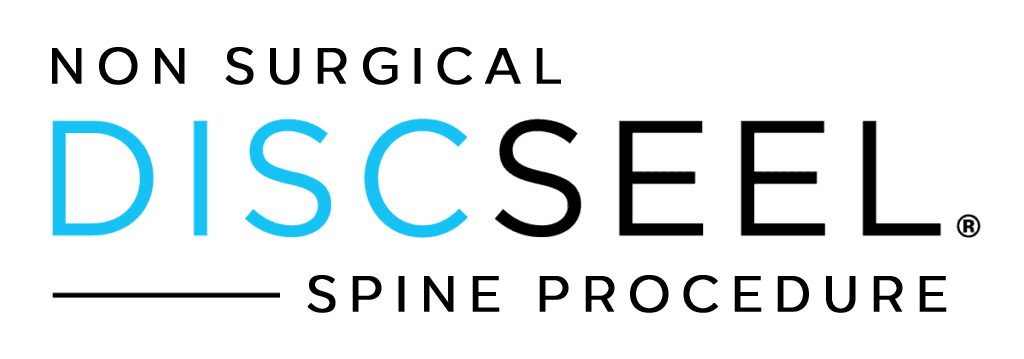Homestead Resident's Journey with Red Light Therapy
John Davis*, a 45-year-old software engineer from Homestead, Florida, discovered red light therapy while researching innovative treatments for his chronic kidney condition. Similar to James's experience with innovative treatments in Melbourne, John's journey began with a search for alternative therapeutic approaches.
Red light therapy, also known as photobiomodulation or low-level light therapy, uses specific wavelengths of red and near-infrared light to penetrate tissue and promote cellular healing. The science behind it involves stimulating mitochondria, the powerhouse of cells, to produce more energy and reduce inflammation. This technology caught John's attention after reading about its potential benefits for kidney function and overall wellness.
Through his research on the Neios website, John learned that red light therapy could complement traditional treatments. The therapy involves exposure to red and near-infrared light wavelengths between 630-850 nanometers, which can penetrate deep into tissue without causing damage. While investigating this treatment, he also discovered connections to successful wellness stories in West Palm Beach.
John began his red light therapy sessions under professional supervision, using FDA-cleared devices in a clinical setting. The treatment protocol involved 15-20 minute sessions, three times per week, with the light panels positioned about 6-12 inches from his body. Unlike UV light, red light therapy doesn't burn or damage the skin, making it a safe option for regular use.
The science behind red light therapy is fascinating - it works by increasing blood flow, reducing oxidative stress, and supporting cellular repair. Research has shown it can help with various conditions including skin health, muscle recovery, and internal organ function. Some studies even suggest it may help reduce inflammation in kidney tissue, though more research is ongoing.
After three months of consistent treatment, John noticed significant improvements in his energy levels and overall well-being. He maintained detailed records of his progress, noting reduced inflammation markers in his regular blood work. His success story began circulating in local wellness communities, similar to other patient experiences with innovative treatments.
For those interested in red light therapy, it's important to understand that results vary by individual and condition. The therapy works best as part of a comprehensive wellness plan, which may include other treatments like those offered by Neios. Consultation with healthcare providers is essential before starting any new treatment regimen.
Common misconceptions about red light therapy include confusing it with harmful UV radiation or assuming immediate results. The treatment requires consistency and patience, typically showing gradual improvements over weeks or months. It's not a miracle cure but rather a tool for supporting the body's natural healing processes.
Today, John continues his red light therapy sessions while maintaining his regular medical care. His experience demonstrates how combining innovative treatments with traditional medicine can lead to improved outcomes. For those considering red light therapy, he recommends thorough research, professional guidance, and realistic expectations.
*Names and specific details have been changed to protect privacy. This is a fictional story inspired by real medical procedures and technologies.
Nearby: North Miami Florida,Miramar Florida,Miami Florida,Hialeah Florida,Miami Beach Florida,Miami Gardens Florida,West Palm Beach Florida
* Names and situations are fictional and not intended to resemble anyone in particular. They are illustrative of how the services can apply to the lives of every day people living ordinary lives. Nothing in this page is intended as medical advice and anyone seeking medical advice should book a meeting to consult in-person with a doctor.
